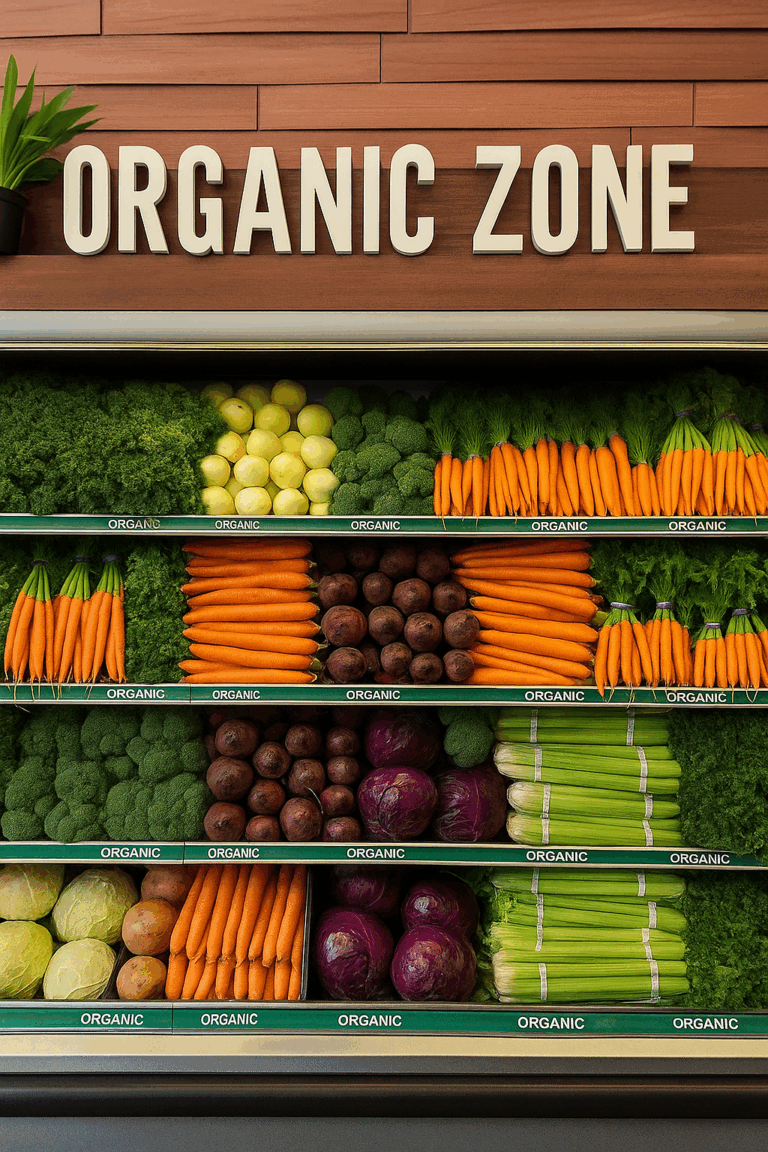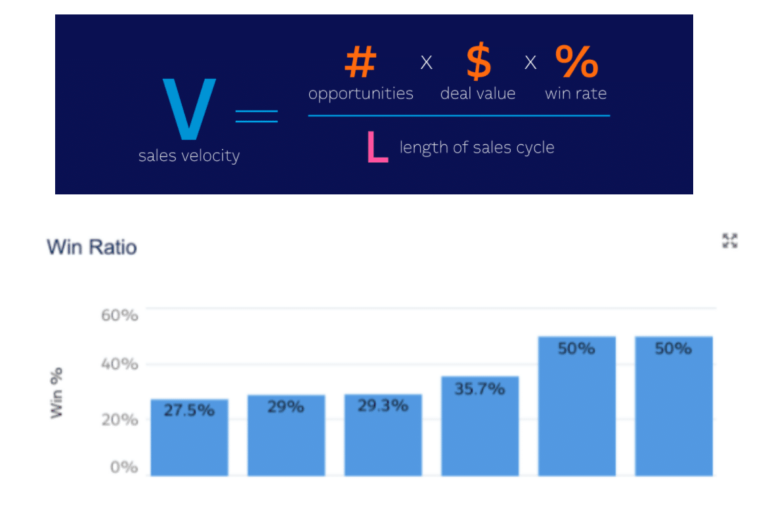The Partnership Between Marketing and Sales

One of the most important internal relationships in any company is the relationship between the company’s sales and marketing strategy, but what is the relationship between sales and marketing? Many companies think of their sales funnel and marketing funnel as two separate things, which is an outdated way of thinking. When these two teams work in silos, it is often sales versus marketing, with marketing’s responsibility and contribution ending at the buyer’s decision phase — marketing thinking they are driving lots of leads and sales thinking the leads are poor quality.
With both teams ultimately working toward the same goals, alignment between the two teams is crucial. So why do so many companies struggle to create a strong partnership between the two? How can shifting the mindset of sales versus marketing to sales and marketing make the business stronger? As the most rapid growing digital marketing agency in San Diego, below is our guide to understanding the importance of marketing and sales in your company.

First, let’s dive into responsibilities as it relates to the user journey. The sales department, or team, is responsible for managing incoming leads, determining the quality of those leads, working the lead through the decision making process to becoming a closed deal, and potentially driving upsells or prioritizing the customer relationship and extending the customer’s lifetime value.
A marketing department is responsible for demand generation, generating traffic, generating leads, and attributing them back to the source. Just because the marketer or marketing team brought in a lead that gets into a sales professional’s hands does not mean their job is done! We need to ensure that the leads the marketing department is driving are high-quality leads that lead to real potential deals for the sales team to work.
Here are a few ways companies can start to bridge the gap between the two teams:
- Communication. Communication plays an important role in this partnership. The first thing you should do is ensure that sales and marketing have a clear way to communicate. It could be a recurring scheduled call or meeting or an internal communication channel like Slack. The most important factor is to make these alignment meetings consistent and beneficial to both parties.
- Define Quality. We need to ensure there is a clear understanding of what is and what is not a quality lead. For quality leads, what makes them great? For poor quality leads, why are they unqualified? Ensuring alignment of lead quality will help with providing actionable feedback and will create unity across the teams on what success looks like.
- Lead Attribution. Marketing should integrate into the customer relationship management (CRM) or sales process to fully understand the quality of leads being brought in. If a campaign produced a lot of leads, sales should communicate the quality of each lead and what the outcome was. This will help marketing understand what strategies are successful and which are not. Then marketing can realign strategies and campaigns to focus on those high-quality leads; lean in to what’s working and pull away from what’s not.
- Integrate Marketing Into Sales. In order to fully understand the sales process, the marketing team should get involved! Start joining sales meetings, learn the process the potential customer goes through from start to finish (try shadowing a team member for a day), and learn how the sales department is selling your product/service. Consumer and business buying behaviors are constantly changing, so ensure the marketing and sales teams are on the same page on what it takes to drive a lead to a customer.
- Be Aware of Potential Obstacles. With any shift in thinking or operating, there are bound to be some hurdles to overcome. The most common obstacle is the blame game, with sales feeling like marketing brings in poor quality leads. Or marketing feeling like the sales team doesn’t act upon the high-quality leads quick enough or in the right way. The ultimate goal for both sales and marketing is to drive revenue and growth for the company or brand. Creating a strong partnership between the two may take some time, but keep your eye on the end goal and avoid pointing fingers.

Once communication has been established and sales and marketing begin to operate as an integrated team, the path for a company’s growth will be strengthened. The more insight marketing has into the sales cycle, the more they can refine campaigns to replicate what’s driving those Sales Qualified Leads (SQLs). A few benefits to having a strong relationship between sales and marketing:
- An increase in qualified leads: Make sure your sales team is spending their time working on the best leads. This will also help to increase win ratio and retain your top sellers.
- A better customer experience: With open dialogue and feedback between the two teams, you will be able to better understand, and therefore optimize, the customer journey. It should be a seamless transition from a potential customer seeing an advertisement, to engaging as a lead, and working with a salesperson.
- Improvement in the overall strategy: With sales and marketing aligned, you can expect to see better insights into how your digital strategy is working as a whole so you can make strategic changes to ensure you are focusing on your main goals.
- Increase in revenue: Time is one of the most valuable resources a salesperson has. By ensuring marketing is driving quality leads, the sales team can spend their time more effectively on top leads. This will lead to more customers and revenue. Additionally, with more insight into lead quality, marketing can prioritize spending on campaigns that are actually driving results and stop spending on campaigns that lead to unqualified leads.
- Happy employees equal happy customers: When teams are fully aligned and winning together, it builds a stronger culture, creates buy-in and ownership, and has everyone focused on the main goals. Happy and successful teams are better positioned to provide a world-class experience to customers.
Sales and marketing should operate as one unified team, running toward the same overall goals together. By creating a clear path for communication, establishing success metrics, ensuring attribution is set up correctly, and consistent collaboration, you will see many benefits for your business and teams overall.
Our Editorial Standards
Reviewed for Accuracy
Every piece is fact-checked for precision.
Up-to-Date Research
We reflect the latest trends and insights.
Credible References
Backed by trusted industry sources.
Actionable & Insight-Driven
Strategic takeaways for real results.









